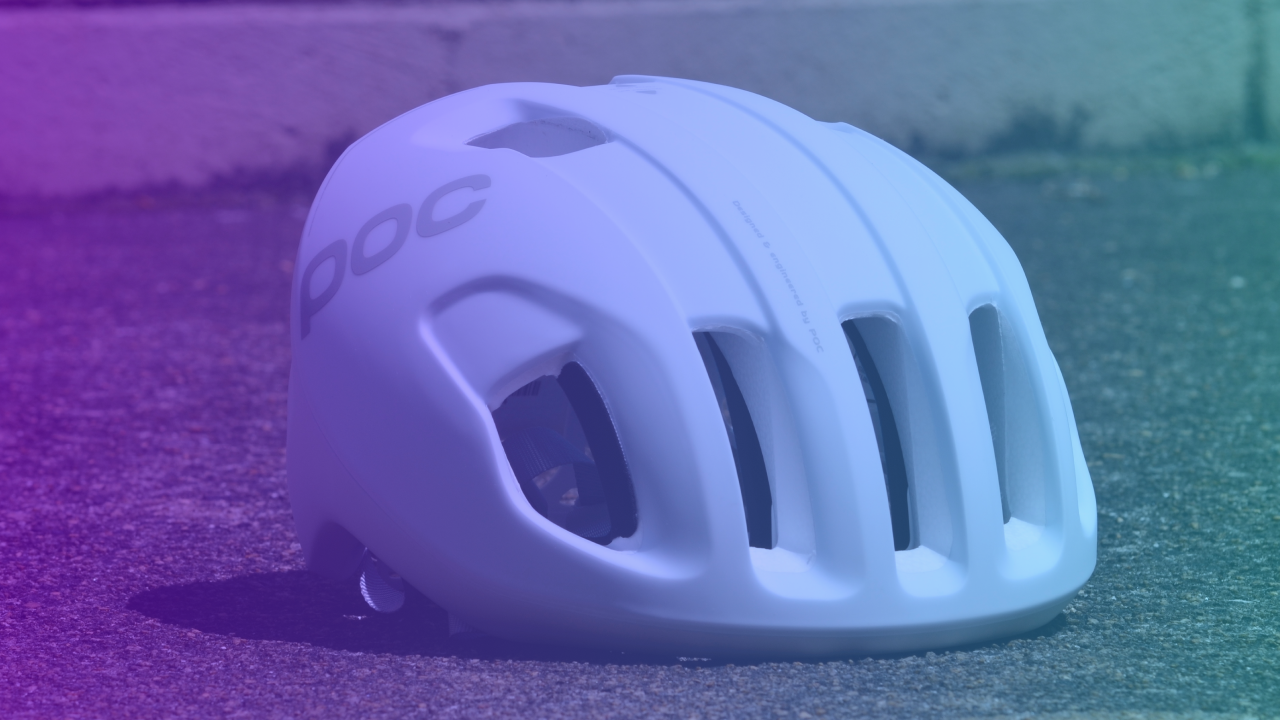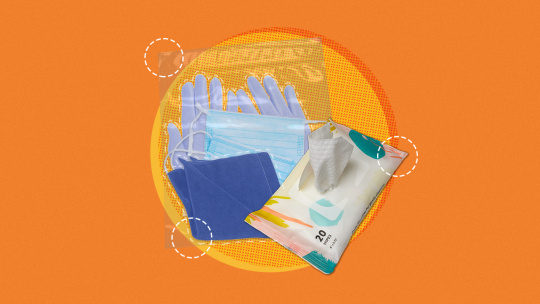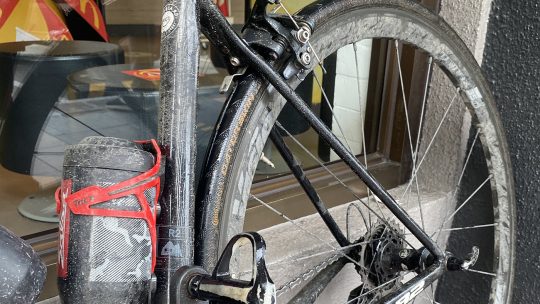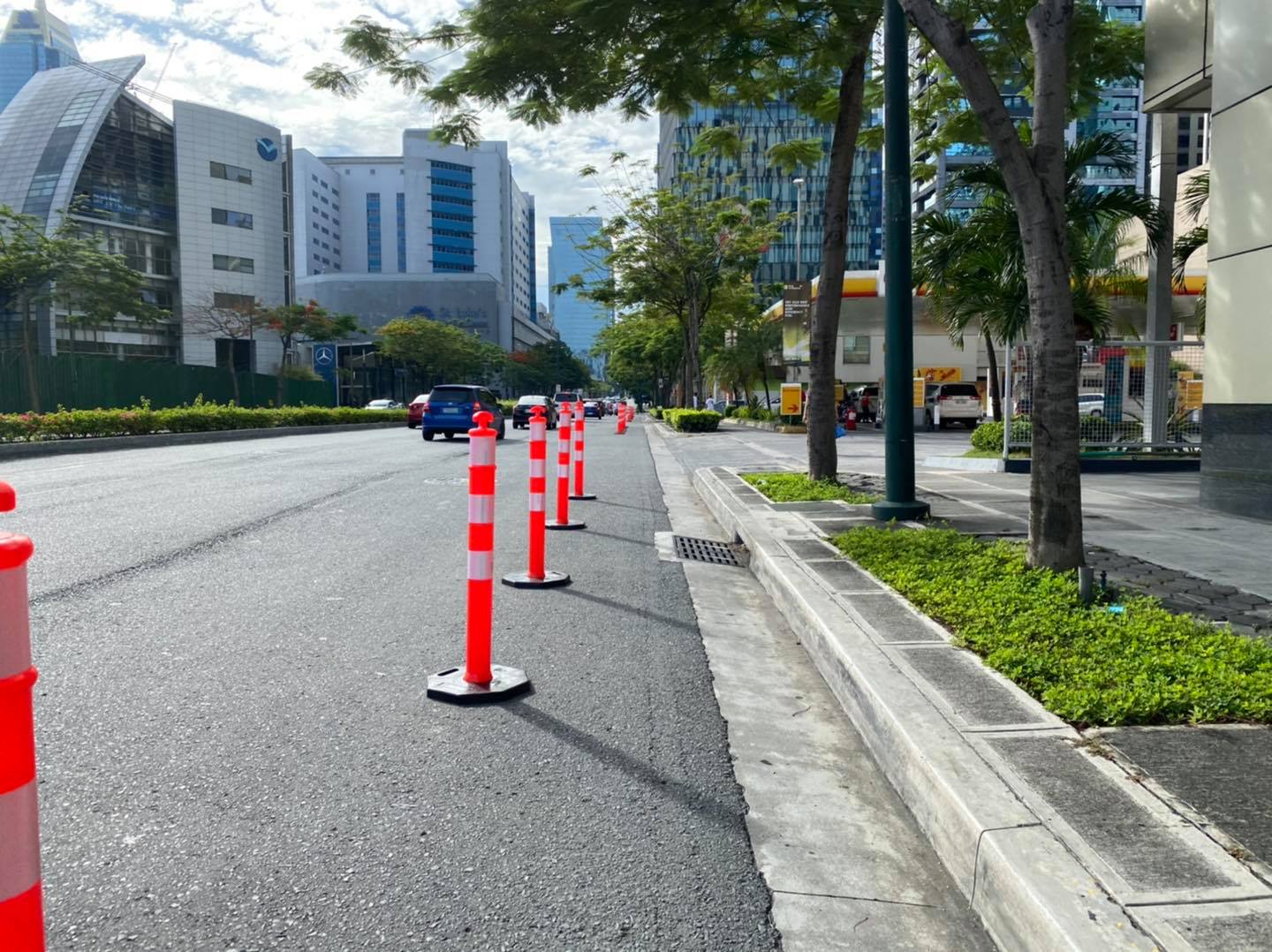In this series, I try to provide answers to questions about cycling that are often left unasked for one reason or another. Some of these questions just never occur to people, while other queries might be awkward or too embarrassing to ask.
The primary purpose of a cycling helmet is to protect its wearer against injury, but this doesn’t mean that safety scales with helmet price because manufacturers actually charge you for features that are not directly related to safety such as weight, aerodynamic efficiency, ventilation, and comfort. However, there are two things to consider though that could make a more expensive helmet safer.
The first is whether or not a helmet meets the minimum standard for safety as prescribed by various regulating agencies. In countries like the US, Japan, Australia, and New Zealand, cycling helmets must meet these standards before they can be sold. Japan has its Japanese Industrial Standard for Protective helmets for bicycle users (JIS T 8134), Australia and New Zealand have Australian/New Zealand Standard for bicycle helmets (AS/NZS 2063), and so on. Buying a helmet that meets any of these standards is safer than purchasing one that does not.

Class A copies are fake and should never be considered because these products focus on copying the looks of legitimate products and do not care about meeting standards, or even testing their helmets for safety. An entry-level helmet from a manufacturer that follows a safety standard is safer than a more expensive Class A copy of an expensive helmet.
As a matter of fact, Class A or fake helmets can be very dangerous because they do not take into account that a helmet should do more than just protect its wearer from direct impacts. Helmets are also meant to crush in certain ways to absorb the kinetic energy in a crash, or prevent common injuries like concussions.
On that note, the other thing to consider are technologies that minimize the chance of concussions such as Multi-directional Impact Protection System (MIPS), SPIN, or WaveCel. In this regard, helmets that incorporate technology to address rotational impact and other concussive forces do add a layer of safety and are worth considering.
Aside from these two considerations, helmets only really become more expensive because they are lighter, faster, cooler, or more comfortable. In short, your entry-level helmet is likely to be just as safe as a helmet that is ten times more expensive as long as it is from a legitimate manufacturer that follows established safety standards.








Leave a Comment